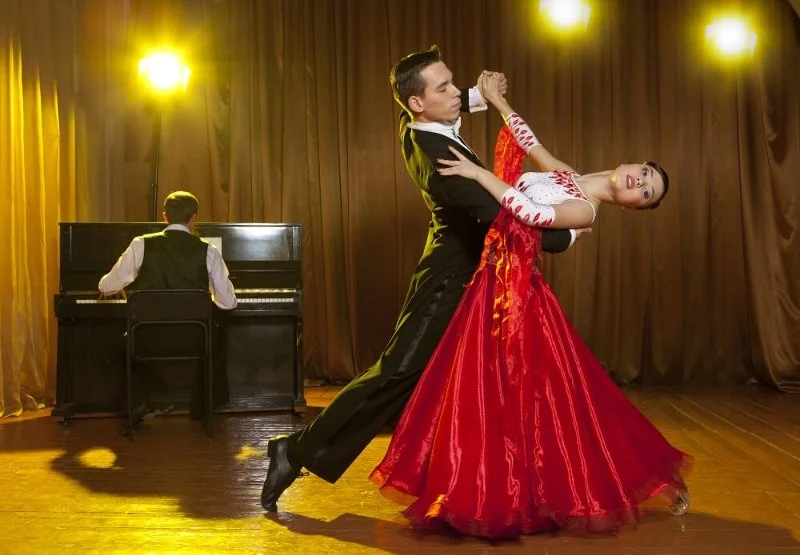
- -Why-the-Waltz-Remains-a-Favorite-in-the-Dance-World
- -The-Unique-Elements-That-Make-the-Waltz-Stand-Out
- -A-Tutorial-Style-Breakdown-of-Waltz-Technique
- -Real-Stories-Showing-the-Waltz’s-Popularity
- -How-to-Choose-the-Right-Place-to-Learn-the-Waltz
Why the Waltz Remains a Favorite in the Dance World
The waltz has a timeless charm that draws dancers of all ages and backgrounds. It’s elegant, expressive, and deeply emotional—qualities that make it a favorite in ballroom dance studios, social dance settings, and even on wedding floors across the United States. Many dancers describe their first waltz experience as transformative, because the dance feels like floating when performed correctly. Its smooth, gliding motions allow dancers to connect emotionally with the music and with each other, giving the waltz a unique appeal that is hard to replicate.
The Unique Elements That Make the Waltz Stand Out
The waltz isn’t just popular because of its beauty—it’s also beloved for its accessibility and the storytelling it enables. While the dance appears sophisticated, its core steps are surprisingly approachable for beginners, making it a perfect entry point for those who want to explore ballroom dance.
1. The Classic 3/4 Rhythm
The distinctive 3/4 time signature instantly sets the waltz apart from other ballroom dances. The “one-two-three” rhythm creates a dreamy feeling that pairs beautifully with orchestral music and modern ballads alike. This rhythm encourages dancers to move fluidly in sweeping patterns, enhancing the emotional quality of the dance.
2. Rotational Movement and Graceful Turns
One of the most captivating features of the waltz is its graceful rotational movement. Dancers often move in circles or spiral patterns, giving the illusion of floating across the floor. This continuous motion is soothing, meditative, and incredibly rewarding to learn.
3. Connected and Expressive Partner Work
The waltz is built on connection—both physical and emotional. Partners maintain a close frame that allows them to move as one unit. For many beginners, this connection becomes one of the most memorable parts of learning the dance, as it fosters trust, communication, and rhythm alignment.
A Tutorial-Style Breakdown of Waltz Technique
Understanding what makes the waltz popular requires a closer look at its foundational technique. While many dances focus on quick footwork or sharp actions, the waltz emphasizes smoothness, rise and fall, and body control. These elements work together to produce waltz’s iconic gliding effect.
1. The Basic Box Step
The box step is the heart of the waltz and one of the main reasons beginners can learn it quickly. The step pattern forms a box shape on the floor—forward, side, close for one partner, and backward, side, close for the other. This structure makes it easy to follow, even for those taking their very first dance class.
2. Rise and Fall Technique
Rise and fall is a signature movement in the waltz, giving the dance its graceful vertical flow. Dancers rise on the balls of their feet before gently lowering during transitions, creating a soft, wave-like movement. Mastering this technique is a turning point for dancers who want to elevate their waltz to a more professional level.
3. Smooth Travel and Floorcraft
The waltz is designed to travel around the dance floor, requiring dancers to develop good floorcraft skills. These include navigating around other couples while maintaining rhythm and connection. Learning how to glide efficiently teaches balance, posture, and awareness—skills useful in many other ballroom dances as well.
Real Stories Showing the Waltz’s Popularity
One of the reasons the waltz continues to shine is the emotional impact it has on dancers. For example, during a viral wedding video earlier this year, a couple performed a waltz choreographed to a modern love song. The video gained millions of views not only because of the choreography, but because viewers felt the sincerity and connection expressed through the waltz. Moments like these illustrate how the dance transcends generations, music genres, and cultures.
In another case, a beginner student at a dance studio shared how learning the waltz helped build her confidence. She found that the structured steps, supportive partner work, and emotional music allowed her to express herself in ways she hadn’t expected. Her story is just one example of how this dance often becomes more than just movement—it becomes an experience.
How to Choose the Right Place to Learn the Waltz
Whether you're captivated by the waltz’s elegance or excited about its approachable beginner techniques, choosing the right place to learn is essential. A great dance studio will offer supportive instructors, clear teaching methods, and a welcoming environment. This makes it easier to progress and enjoy the learning experience.
For those seeking expert instruction and personalized guidance, American Dance Academy offers a wide range of dance programs, including beginner-friendly waltz lessons, professional classes, and performance training. Their instructors bring experience, passion, and a warm teaching style that helps dancers build confidence step by step.
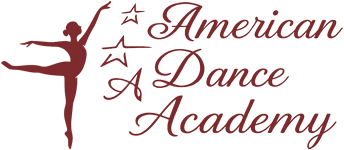
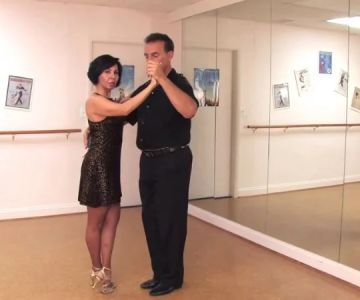
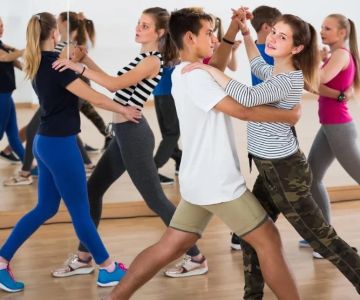
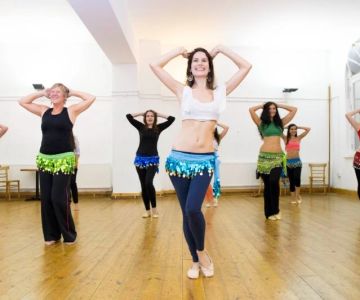


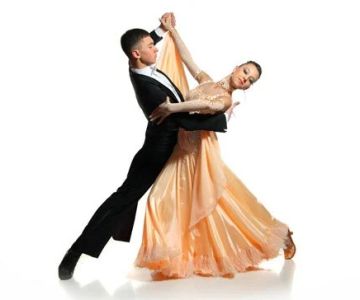
 Boom Dance Complex4.0 (14 reviews)
Boom Dance Complex4.0 (14 reviews) Creative Edge Dance Studio4.0 (10 reviews)
Creative Edge Dance Studio4.0 (10 reviews) Shenandoah Conservatory Arts Academy5.0 (27 reviews)
Shenandoah Conservatory Arts Academy5.0 (27 reviews) Prestige Dance & Fitness Studio0.0 (0 reviews)
Prestige Dance & Fitness Studio0.0 (0 reviews) Jenny's Dance Academy4.0 (9 reviews)
Jenny's Dance Academy4.0 (9 reviews) US Dance Company4.0 (44 reviews)
US Dance Company4.0 (44 reviews) Do Lowell Area Schools Have a Dance Program? A Complete Guide for Parents
Do Lowell Area Schools Have a Dance Program? A Complete Guide for Parents Top 10 Ballroom Dance Moves for Beginners | American Dance Academy
Top 10 Ballroom Dance Moves for Beginners | American Dance Academy Do You Have a Dance in Middle School? How to Prepare and Have Fun
Do You Have a Dance in Middle School? How to Prepare and Have Fun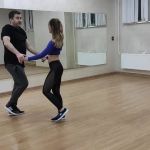 Top 10 Bachata Moves That Boost Confidence
Top 10 Bachata Moves That Boost Confidence Are Dance Schools Considered Dance Halls? Exploring the Difference
Are Dance Schools Considered Dance Halls? Exploring the Difference Why K-Pop Dance Is Popular and How You Can Learn It
Why K-Pop Dance Is Popular and How You Can Learn It